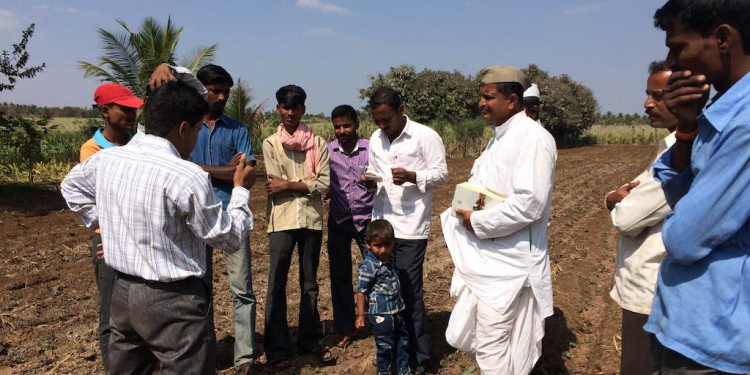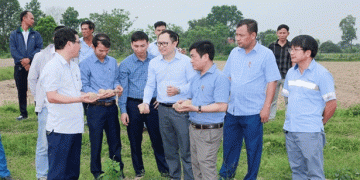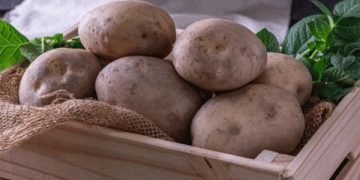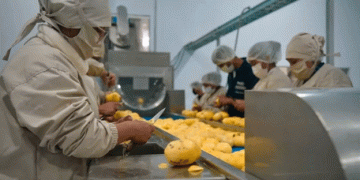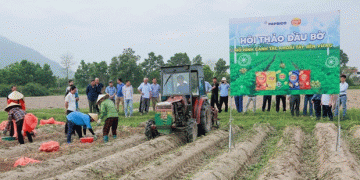In business school, we always hear “no business plan survives first contact with the customer”. This aphorism is amplified when we work with growers across many different geographies who all think differently and have different needs. Thus, there is no replacement to directly speaking to growers to understand what they think. Only then can we can tailor technologies we develop to meet their needs and thus create the best products.
Sometimes, the needs and drivers of farmers’ purchases may deviate very strongly from your expectations. Here, I’ve listed some of the common needs of farmers, and some unexpected areas where they arise, or are unpredictably absent.
1. Labor growers

Labor scarcity is an issue worldwide. Increases in wages make it harder for farmers to hire sufficient people to manage their farms, and in most countries, rural populations are declining. This pressure on the farmer can manifest in some expected ways, such as an increase in robotics and automation. It can also manifest in very unexpected ways. I was speaking to an executive at one of the largest irrigation companies in India, and I asked him what he had learned from speaking to their customers – his response was quite shocking: the primary motivator for farmers in India buying drip irrigation and other advanced irrigation equipment is not for saving water, even though water is also scarce, but rather for reducing labor costs.
2. Water
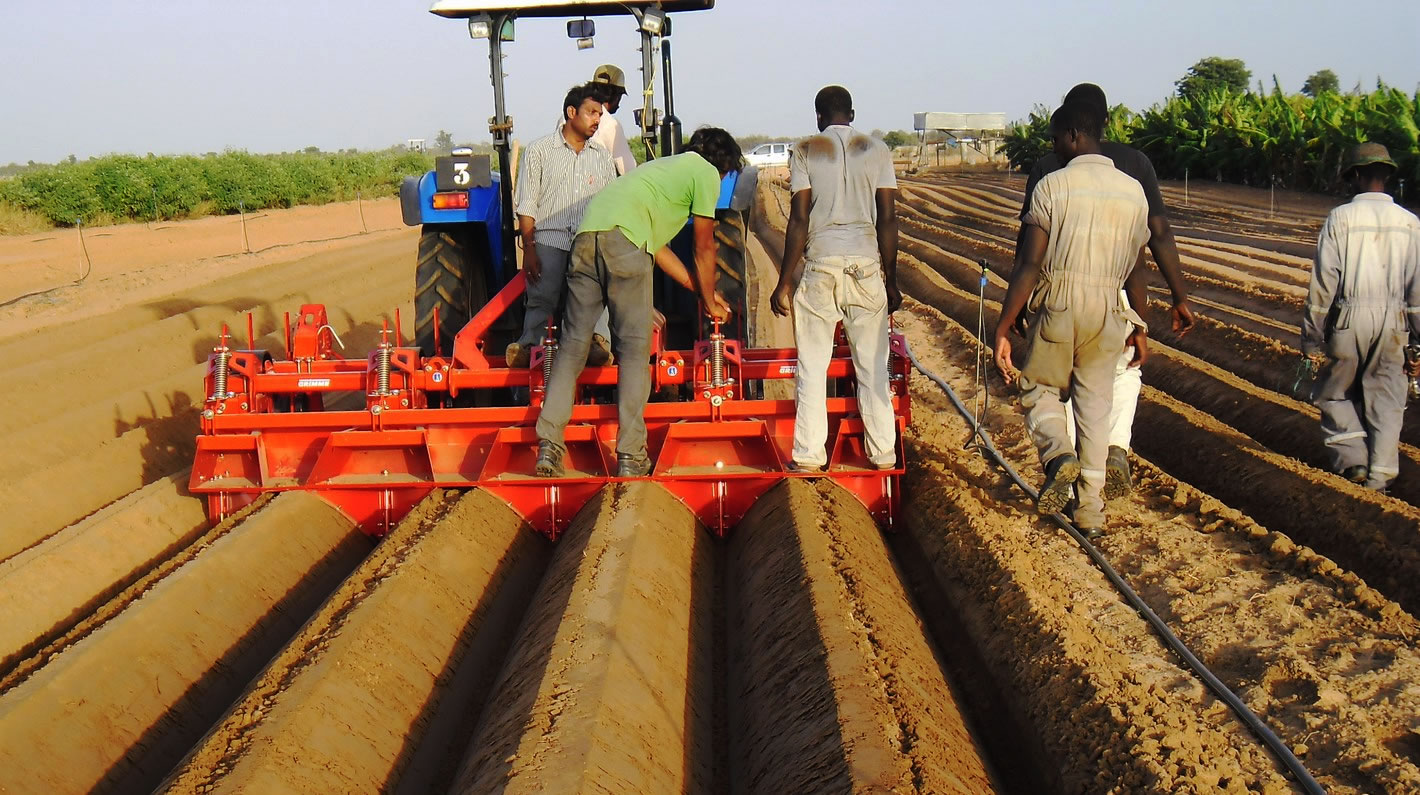
Upon an initial glance, water seems to be the easiest resource to understand: in arid regions or during times of drought, there is a scarcity of water. As a result of that scarcity, farmers’ costs go up. However, in reality, the picture may be much more complicated. For example, in California, the scarcity in water often results in electricity, not water, being one of the largest costs. Nearly 20% of electricity in California is used for water-related purposes. In agricultural areas, this is due to the extensive usage of groundwater to supplement surface-level water, which may be scarce. Over-extraction of groundwater has resulted in water tables falling deeper and deeper underground every year, resulting in increasing electricity demand. Thus for many growers in these kinds of regions, reducing water use will actually appear as a drop in the electricity bill, not in direct purchases of water.
Even if direct purchases of water were the important cost driver, there may be interesting local dynamics that complicate markets in unexpected ways. In parts of Israel, we have discovered that groups like the Druze pay significantly more for agricultural water than newer immigrants. In these scenarios, water-saving innovations are more appealing to these groups that face positive price discrimination, since they have a much stronger need.
3. Industrial Inputs (like Fertilizer and Pesticides)
For many growers, industrially produced inputs like fertilizers and pesticides may rank among some of the largest expenses. Naturally you may suspect that farmers are hence always interested in minimizing their usage of fertilizers and pesticides, and would be the first ones to adopt technologies that will help them be more efficient. Unfortunately, as before, reality is more complicated. In India, other South Asian countries, and parts of Sub-Saharan Africa, fertilizers are either currently or historically subsidized extensively by the government. Typically these policies have been aimed at improving the lives of subsistence farmers who could barely afford to buy the necessary inputs.

In practice, the farmer’s incentives are changed and the ag-tech entrepreneur is now left with the task of finding the stakeholder with the right incentives. Although the end-user for a technology to reducing fertilizer consumption would be the farmer, now the government has the stronger incentive to make farmers reduce consumption, and the sales cycle for the technology has now become much more complicated – you must now get buy-in from both the government and the farmer.
4. Disease
Growers always wish to keep their plants healthy, and one of the most important things is minimizing the occurrence of diseases. As expected, with improvements in artificial intelligence and computing, we have seen a proliferation of apps that can help identify diseases and suggest remedies just from a picture. On the other hand, there are interventions that farmers use that may seem completely unrelated to diseases. In many areas where water is not scarce, farmers may in fact use precision irrigation technology, not primarily for reducing their water consumption, but rather for minimizing the occurrence of diseases. Certain diseases like blights are especially prone to occurring in conditions of over-irrigation.

Of course, farmers have many more needs than just these four. But as we saw, the needs that drive a farmer’s interest in a given product may not be the same as what you expect at first glance. So, I urge you to step out of the office and talk to as many people as possible.
